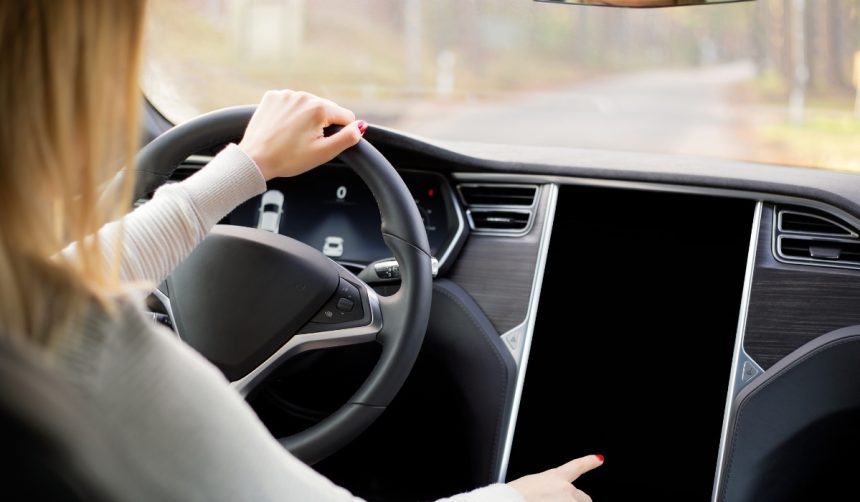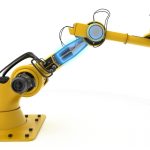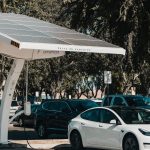Tesla‘s new autonomous ride-hailing service has arrived in the Bay Area, but the company has encountered regulatory constraints that prevent it from using the term “Robotaxi,” a name used during its initial launch in Austin, Texas. The terminology issue highlights how local rules significantly influence the rollout of emerging mobility services. As the fleet expands and autonomous systems develop, potential passengers in California will notice key differences from those using similar services in Texas. Tesla’s efforts reflect a broader trend of automotive innovation clashing with policy frameworks that vary between U.S. states.
At the time of its Texas launch in June, Tesla actively promoted the “Robotaxi” brand, attracting attention from technology outlets and industry analysts. The Bay Area debut, however, dropped this term, despite the vehicles operating under similar technical conditions as in Texas. Previously, pilot autonomous vehicle programs in California have faced scrutiny from public agencies over safety and operational transparency, occasionally affecting branding, public acceptance, and regulatory approval processes. This evolving environment demands automakers to frequently adapt their messaging and approach to fit local legal and regulatory standards.
Why Can’t Tesla Call it ‘Robotaxi’ in California?
Regulations enforced by the California Public Utilities Commission (CPUC) prohibit vehicles that are not fully autonomous from being described using words like “taxi” or “cab.” The CPUC aims to limit public confusion and ensure that only totally driverless vehicles are associated with those terms. According to filings on the CPUC website, specific terminology such as “robotaxi” is reserved for vehicles operating without any direct human supervision inside the vehicle.
How Does Tesla’s Bay Area Service Operate?
Unlike in Texas, where Tesla operates with a Safety Monitor seated in the passenger seat, California rules require the Safety Monitor to sit behind the steering wheel. As a result, Tesla’s Bay Area ride-hailing service still involves some level of human oversight, separating it from the fully driverless concept implied by traditional “robotaxi” definitions. Elon Musk noted,
“We are working as quickly as possible to get 100+ Teslas operating for autonomous ride-hailing (can’t use the word ‘taxi’ or ‘cab’ in California) in the Bay Area and allow anyone to request a ride.”
Tesla has structured its operational protocols to fit these Californian requirements while continuing to expand its local fleet.
What Steps is Tesla Taking Toward Full Autonomy?
For Tesla to use the “Robotaxi” label in California, the Safety Monitor must be removed altogether, resulting in a transition to completely unsupervised driving. So far, Tesla continues to rely on in-person safety monitoring, in both Texas and California, to ensure compliance and passenger safety. The company aims for full autonomy, but legal and technical milestones must be met before branding can shift to reflect this status. Tesla’s official AI account confirmed the Bay Area service expansion, stating,
“Invites to our Bay Area ride-hailing service are going out now.”
Both local and industry observers monitor Tesla’s adaptation strategies as state regulations remain a moving target. Tesla’s experience suggests that maintaining operational consistency across markets is challenging, particularly as public agencies refine standards for what constitutes a “taxi” or similar service descriptors. Market participants and consumers may see further changes as pilot projects transition toward wider deployment of fully autonomous fleets. Regulatory decisions will continue to shape innovation and the language used to introduce such services.
For those following the rollout of self-driving ride-hailing fleets, understanding the distinction between marketing and regulatory definitions is key. While Tesla’s ambitions for a driverless fleet remain, regulatory hurdles and terminology restrictions highlight the importance of local approval processes. Stakeholders and consumers should monitor how automotive firms like Tesla respond to evolving guidance, as the path to fully autonomous operation often depends as much on law as on technical achievement. For users looking to experience new mobility options in California, paying attention to service descriptions and understanding required safety measures can provide greater clarity about what to expect when requesting a ride in emerging autonomous services.
- Tesla adjusted branding for its autonomous service in California due to regulations.
- California law only permits “robotaxi” labels for fully driverless vehicles.
- Future branding may shift as Tesla meets full autonomy requirements.










